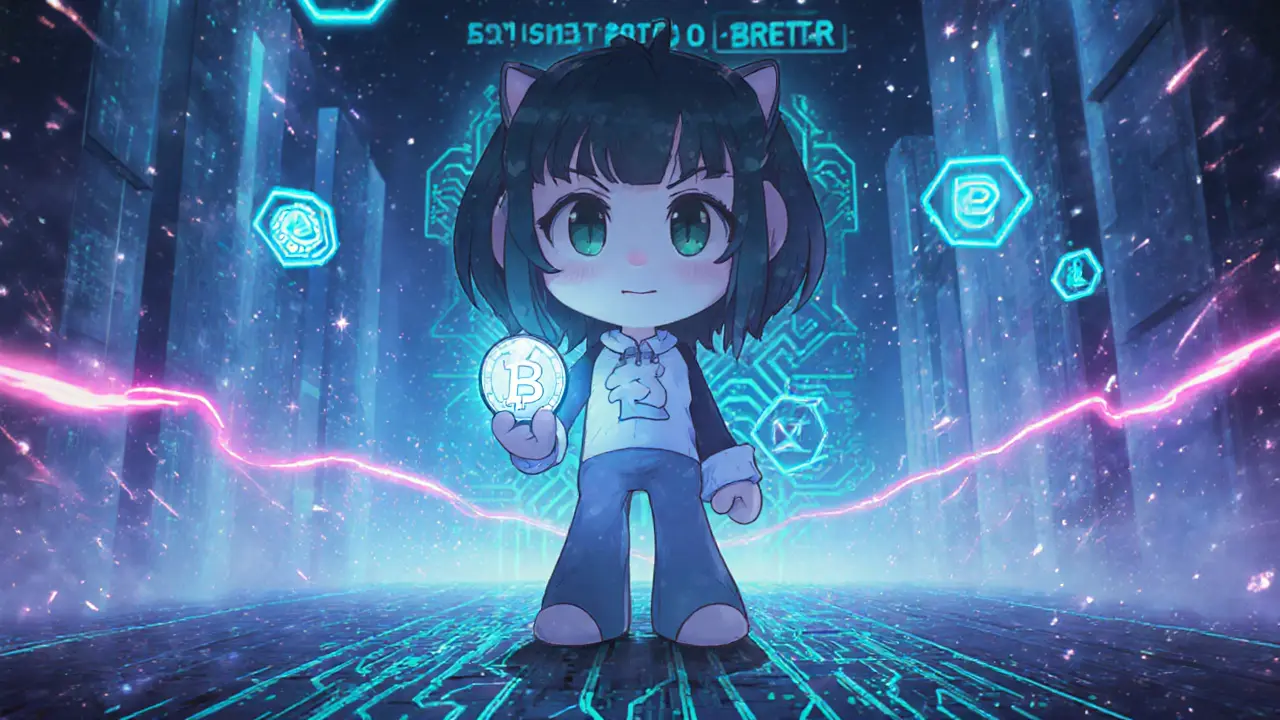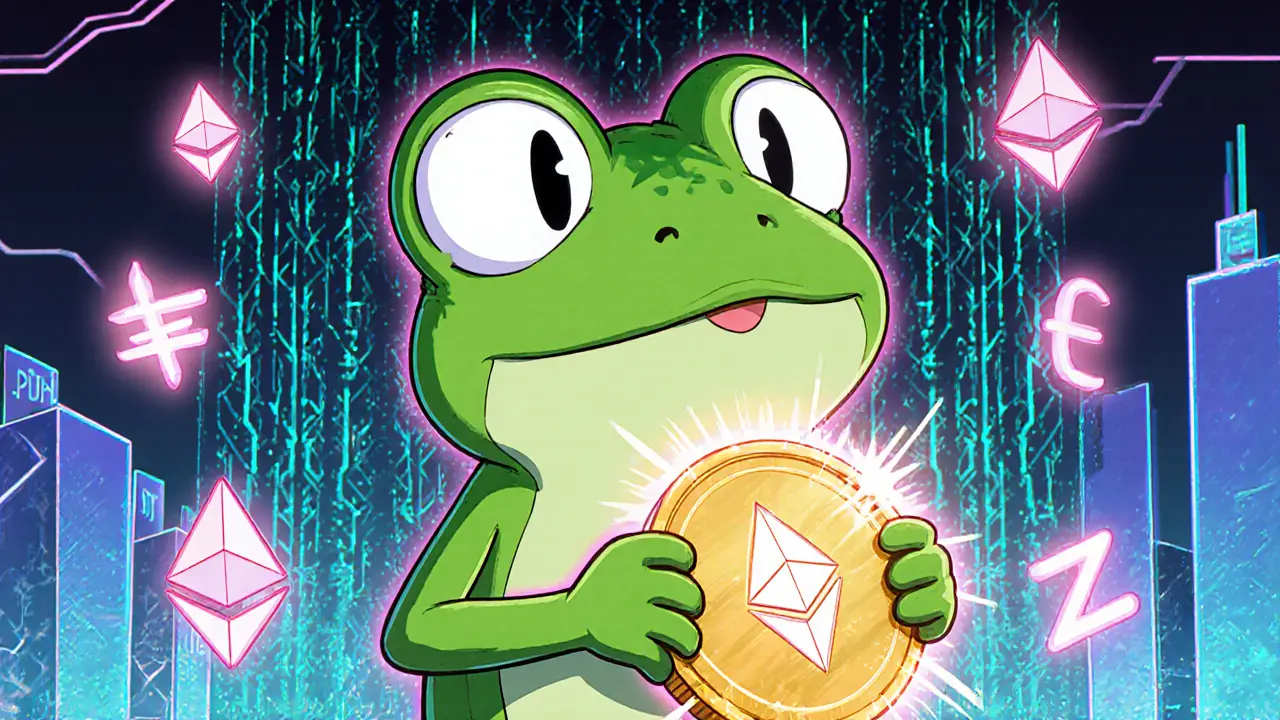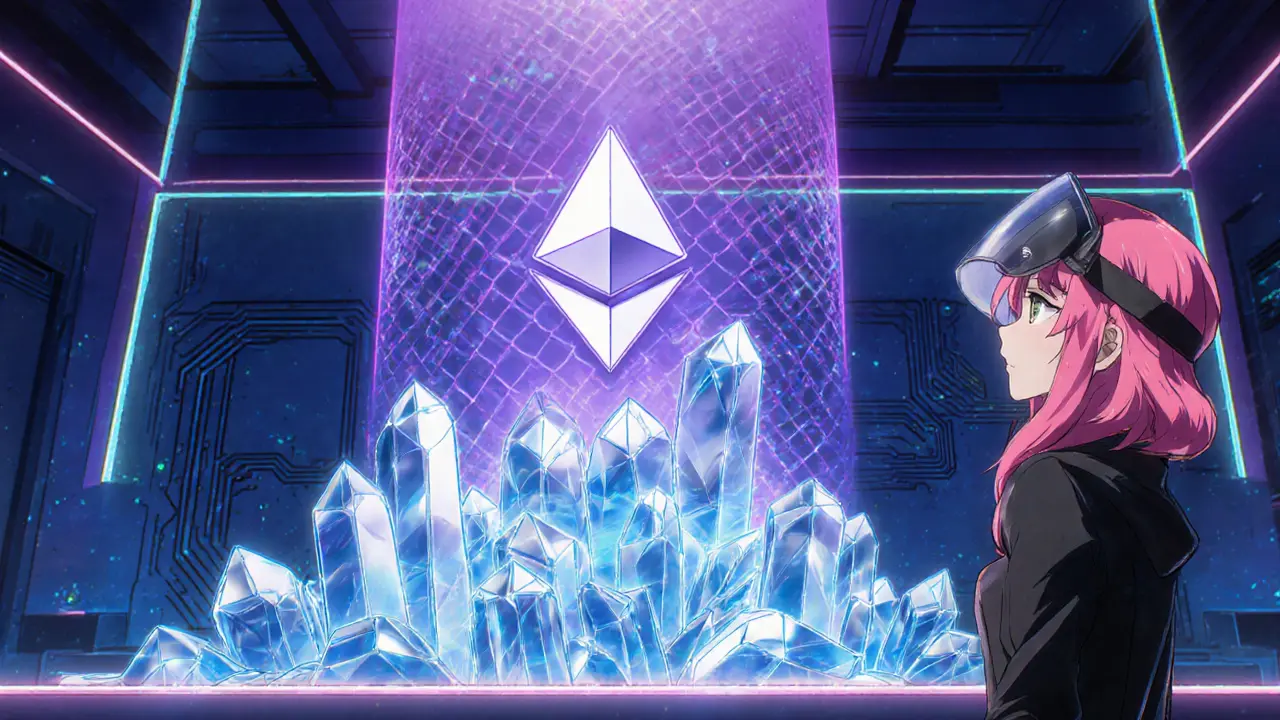ERC-20 Token: What It Is, How It Works, and Why It Matters
When working with ERC-20 token, a fungible blockchain asset built on the Ethereum network. Also known as Ethereum token standard, it defines a common set of functions that let wallets, exchanges, and dApps interact with any token that follows the rule set. In plain terms, ERC-20 token is the digital equivalent of a dollar bill that can be programmed to do more than just sit in a wallet.
Key Concepts Around ERC-20 Tokens
Because the standard is open, thousands of projects launch their own ERC-20 tokens for everything from utility to governance. The standard’s simplicity makes it easy to integrate with smart contracts, which are self‑executing code that enforce the token’s rules without a middle‑man. This means developers can focus on what the token does rather than how it talks to the chain. For example, a DeFi platform can automatically lock ERC-20 tokens as collateral, while a gaming app can reward players with a custom token for achievements.
One powerful technique often applied to ERC-20 tokens is token burning, the permanent removal of tokens from circulation. Also called supply reduction, burning reduces the total supply, which can create scarcity and potentially lift value. Projects typically burn tokens by sending them to an irretrievable address, effectively destroying them. The act of burning is tracked on‑chain, giving anyone a transparent view of the supply change.
Another common practice is the token airdrop, a distribution of free tokens to a community. Often labeled as free token giveaway, airdrops help bootstrap a project's user base, reward early supporters, or promote network effects. Eligibility rules vary—some require holding another token, completing a task, or simply signing up on a platform. Because airdrops use the ERC-20 standard, they can be claimed instantly in any compatible wallet.
These three concepts—standardization, burning, and airdropping—interact in predictable ways. The ERC-20 standard enables token burning by providing a function to transfer tokens to an unusable address. It also facilitates airdrops because the same transfer function can send tokens to thousands of wallets in a single transaction batch. As a result, many projects design their tokenomics around scheduled burns and regular airdrops to keep the community engaged and the token price healthy.
Beyond the basics, ERC-20 tokens are the foundation for many advanced mechanisms. Liquidity pools on automated market makers (AMMs) rely on ERC-20 pairs to let users swap assets without a central order book. Staking contracts let holders lock their tokens in return for rewards, often funded by a portion of transaction fees. Governance platforms let token holders vote on proposals, turning the token into a digital voting share.
Understanding how these pieces fit together helps you evaluate any new token project. Look for clear burn schedules, transparent airdrop criteria, and a solid use‑case that leverages the ERC-20 functions. If a token’s whitepaper mentions “deflationary model” or “community distribution,” ask how the contract implements burning or airdropping. Check the on‑chain data: a healthy token will show regular burn events and a growing number of active holders after each airdrop.
Our collection below covers real‑world examples that illustrate these ideas. You’ll find a deep dive into WHETH on PulseChain, a guide to slashing penalties across blockchains, reviews of DEXes that trade ERC-20 assets, and a clear explanation of token burning benefits. Each article breaks down the mechanics, risks, and opportunities so you can apply the concepts to your own trading or development plans.
Ready to see how ERC-20 tokens shape the crypto landscape? Scroll down to explore detailed analyses, step‑by‑step guides, and practical tips that bring the theory to life.
Bretter Brett (BRETT) Crypto Coin Explained - Specs, Market Data & Risks
Learn what Bretter Brett (BRETT) crypto coin is, its specs, market data, how it differs from Based Brett, where to trade it, and the key risks involved.
Zygo the Frog (ZYGO) Token Explained: What It Is, How It Works, and Risks
Learn what Zygo the frog (ZYGO) token is, its specs, market data, how to buy, risks, and future plans in this concise guide.
What is Wrapped Origin Ether (WOETH) and How It Works
Learn what Wrapped Origin Ether (WOETH) is, how it works, how to wrap and unwrap ETH, its benefits, risks, and where to use it in DeFi.



